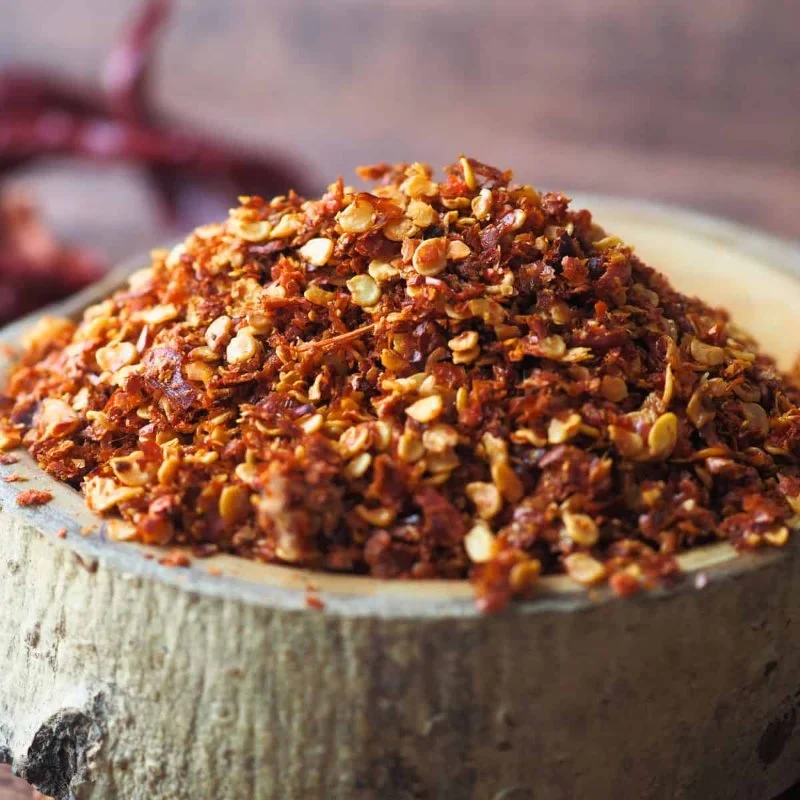
- 1. Understanding Thai Chili Flakes
- 2. How Hot Are Thai Chili Flakes Really?
- 3. Using Thai Chili Flakes in Cooking
- 4. Alternatives to Thai Chili Flakes for Different Heat Levels
1. Understanding Thai Chili Flakes
When it comes to authentic Thai cuisine, few ingredients are as essential and flavorful as Thai chili flakes. These small, red chili flakes are a staple in many Thai dishes, adding heat, depth, and complexity to the flavors. Typically derived from dried Thai bird’s eye chilies, Thai chili flakes are often used to bring a sharp, spicy kick to everything from soups and curries to stir-fries and salads. While they may seem similar to the chili flakes found in many Western kitchens, Thai chili flakes are much more intense and aromatic.
In Thailand, these chili flakes are commonly referred to as "prik phao" when used in cooking, and they are often added to enhance the heat of dishes or as a condiment on the side. Understanding how these flakes are made and their unique properties can help you appreciate their role in Thai cooking.
2. How Hot Are Thai Chili Flakes Really?
The heat of Thai chili flakes can be a mystery to many home cooks. So, just how hot are Thai chili flakes? The answer lies in their Scoville Heat Unit (SHU) rating, which measures the spiciness of a chili pepper. Thai bird’s eye chilies, the primary source for Thai chili flakes, have a Scoville rating ranging from 50,000 to 100,000 SHU. This places them in the high-heat category, much hotter than most of the chili flakes found in U.S. supermarkets.
2.1 Comparing Thai Chili Flakes to Other Chili Peppers
To put it into perspective, standard red pepper flakes (like those commonly found in pizza parlors) usually rate between 15,000 and 20,000 SHU. This makes Thai chili flakes approximately three to five times hotter. For many people, this can be a real eye-opener, especially if they’re used to milder flavors. It’s important to note that the heat of Thai chili flakes is not just about intensity—it’s also about the flavor. These flakes add a complex, fruity heat that is both sharp and aromatic, enhancing the overall taste of the dish rather than overwhelming it with pure spiciness.
2.2 Factors That Affect the Heat Level
The heat level of Thai chili flakes can also vary depending on factors such as the variety of chili used, how it’s dried, and how finely the flakes are ground. Some Thai chili flakes may be milder if they come from a less mature chili or are mixed with other spices to balance the heat. However, when using these flakes in your cooking, it's always a good idea to start with a small amount and adjust according to your tolerance for spice.
3. Using Thai Chili Flakes in Cooking
Thai chili flakes are incredibly versatile and can be used in a variety of dishes to add heat and depth. Whether you're making a traditional Thai curry, a stir-fry, or even a dipping sauce, these flakes are sure to elevate the flavor profile. Here are some of the most common ways to use Thai chili flakes in cooking:
3.1 Adding Heat to Curries and Soups
Thai cuisine is known for its fragrant and flavorful curries, and chili flakes play an important role in many of them. A pinch of Thai chili flakes can add a necessary kick to red curry, green curry, or even tom yum soup. The chili flakes blend seamlessly with coconut milk, herbs, and spices to create a balanced yet spicy dish.
3.2 Enhancing Stir-Fries
Stir-fries are another dish where Thai chili flakes shine. They provide a sharp heat that works well with vegetables, meats, and seafood. Adding chili flakes during the stir-frying process helps infuse the oil with flavor, giving your dish that authentic Thai flavor profile.
3.3 Creating Condiments and Dipping Sauces
Thai chili flakes are often used in condiments like chili oil or as a key ingredient in dipping sauces. You can combine them with garlic, vinegar, and sugar to create a dipping sauce for spring rolls, dumplings, or grilled meats. This is a great way to adjust the heat level of the dish based on personal preference.
4. Alternatives to Thai Chili Flakes for Different Heat Levels
If you find that Thai chili flakes are too hot for your taste, or if you don’t have access to them, there are several alternatives that can provide a similar level of heat. Here are some common substitutes you can use:
4.1 Crushed Red Pepper Flakes
As mentioned earlier, crushed red pepper flakes are milder than Thai chili flakes but can still add a decent amount of heat to your dishes. If you prefer a more subtle heat, this is a great option. You can easily find these flakes in most grocery stores.
4.2 Jalapeño or Serrano Peppers
If you’re looking for fresh chili alternatives, jalapeños or serrano peppers can provide a more moderate heat. These peppers can be chopped or minced and added to dishes just like Thai chili flakes. Keep in mind that fresh peppers have a different flavor profile than dried chili flakes, but they can still deliver a satisfying spice level.
4.3 Korean Gochugaru
Korean gochugaru is a type of dried chili pepper that is less hot than Thai chili flakes but still adds a wonderful smokiness and mild heat to dishes. It can be a good alternative if you want to tone down the spice while still retaining some depth of flavor.
In conclusion, Thai chili flakes are a key ingredient in Thai cuisine, known for their intense heat and aromatic flavor. While they are much hotter than typical chili flakes used in Western cooking, they add an essential complexity to many dishes. Understanding their heat level and how to use them properly in cooking can help you bring authentic Thai flavors to your home kitchen. For the best selection of Thai ingredients and products, be sure to check out Thai Food for top-quality items and cooking tips.

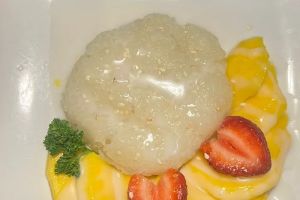

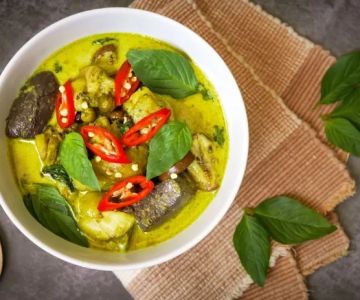



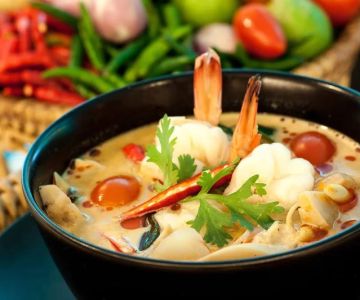
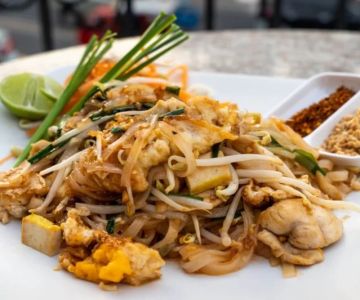
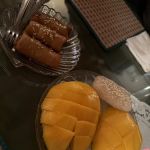 Bangkok City4.0 (399 reviews)
Bangkok City4.0 (399 reviews) Raenu4.0 (116 reviews)
Raenu4.0 (116 reviews) Senn Thai Comfort Food4.0 (565 reviews)
Senn Thai Comfort Food4.0 (565 reviews) Holic Thai Bistro4.0 (239 reviews)
Holic Thai Bistro4.0 (239 reviews) Tuk Tuk Thai Food4.0 (300 reviews)
Tuk Tuk Thai Food4.0 (300 reviews) Thai Shack4.0 (110 reviews)
Thai Shack4.0 (110 reviews) The Best Thai Food Recipes for Leftover Rice Revival
The Best Thai Food Recipes for Leftover Rice Revival The Best Thai Food Recipes for Tailgating & Game Day
The Best Thai Food Recipes for Tailgating & Game Day Thai Food Ingredient Guide: Discover the Difference in Thai Oyster Sauce
Thai Food Ingredient Guide: Discover the Difference in Thai Oyster Sauce How to Source Authentic Thai Ingredients Online in the U.S. | Thai Food
How to Source Authentic Thai Ingredients Online in the U.S. | Thai Food Thai Food for Weekend Chefs: Bigger Batches, Bold Flavors – Your Guide to Cooking Thai at Home
Thai Food for Weekend Chefs: Bigger Batches, Bold Flavors – Your Guide to Cooking Thai at Home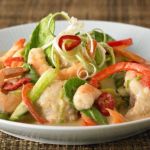 How to Make Southern Thai Seafood Dishes at Home
How to Make Southern Thai Seafood Dishes at Home